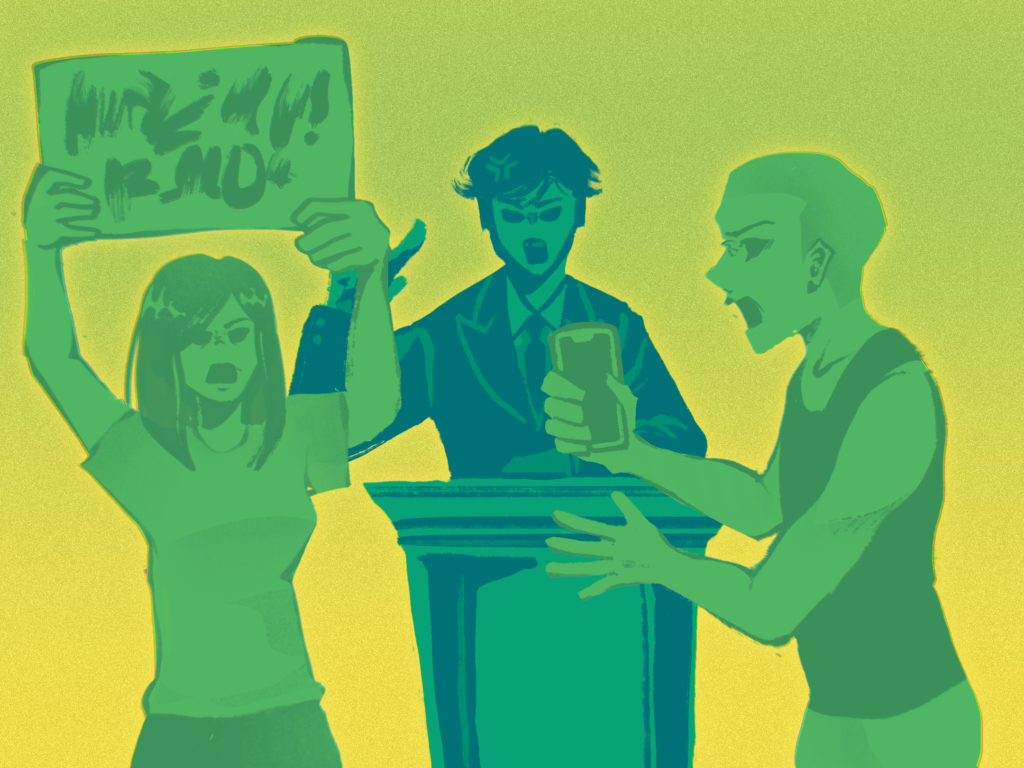On January 9, books were “banned” from New York Prisons. Prisons have faced difficulty with contraband being smuggled into correctional facilities through packages, including inside books, so heavy restrictions were placed on how books can get to inmates. Under a pilot program aimed to curb the widespread contraband problem, inmates would be unable to receive care packages from unapproved vendors, even though there were only six approved vendors. While the package room contraband is a more than valid concern, as overdoses via smuggled drugs occur in New York prisons, keeping books from inmates is simply unacceptable. Even though prisoners still have access to libraries, the number of available books would be drastically decreased by this policy. To restrict convicted individuals from gaining new and used information truly desecrates the morals of the American correctional system.
The new program was met with harsh and warranted criticism from the American Civil Liberties Union, families of prisoners, and former inmates, to name a few. Four days after it was announced, Democratic Governor Andrew Cuomo tweeted the scrapping of the pilot program. But let’s dismiss the fact that the program has been killed. Had it not been for the voices of concerned American citizens, it’s more than likely that this detrimental program would still be implemented.
There were only six approved vendors and little reading selection between them. Together, those vendors sold only 77 different books. The majority were coloring and puzzle books, around a third were religious and how-to books, and lastly, one dictionary and a thesaurus. With these restrictions and a lack of selection, how should one have spent their sentence? A rotation of coloring books, romance novels, and the Bible cannot satisfy every inmate’s complex needs.
Many inmates rely on outside shipments to obtain their reading material; New York’s Books Through Bars program is a notable example of this. The volunteer-run program sends requested books to inmates for free. Some inmates don’t have a source of income, and the average federal prisoner will only be able to take home 18 cents an hour. They are unable to afford expensive books, so they rely on the free ones. And if the pilot program had succeeded, they wouldn’t be receiving any more donated books from organizations like Books Through Bars.
Why is it so critical that prisoners read? Black’s Law Dictionary states that the purpose of correctional facilities is to keep the public safe from “dangerous individuals.” According to the National Institute of Justice, 76.6% of released inmates from state prisons are rearrested within five years. If prisons are meant to maintain public safety, they clearly are failing to succeed; recidivism is rampant in America. Additionally, the United States has the highest rate of incarceration in the world. Our taxpayers will continue to pay for ineffective prisons if inmates are not properly rehabilitated. Preventing recidivism is crucial to the safety of our nation, and in this case, it cannot be achieved without letting the inmates read.
While there is some research supporting the link between reduced recidivism rates and prison education, there is little surrounding how reading in prisons impacts recidivism. Some anecdotal evidence suggests a positive trend, but the studies surrounding prison-run educational programs and recidivism only sing their praises. A study observed that New York prisoners who graduated with a college degree while in prison had a 22.2% reduction in recidivism compared to their peers who did not graduate. In Ohio, a 32% reduction in recidivism was observed in inmates who participated in college education programs. So while a general positive association between positive reading habits among prisoners and reduced recidivism rates is understood, it is unfortunately not currently supported by scientific evidence. The lack of research surrounding this issue contributes to the creation of ignorant and unjust programs like the one in New York.
Reading is instrumental in the process of education, and education is the key to rehabilitation. Though Cuomo was successful in cancelling this new policy, the opposition it faced doesn’t guarantee that the government will not attempt similar programs in the future. There are similar programs around the nation that haven’t garnered as much attention as this one, such as in Texas prisons, where ten thousand books are still banned. The reversal of the New York policy is a reminder to Americans that outrage and action, no matter how small, can still make a change.





